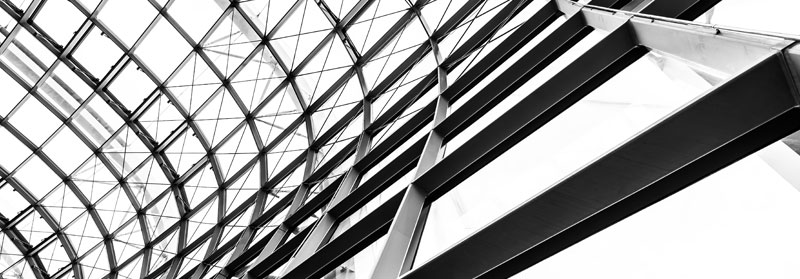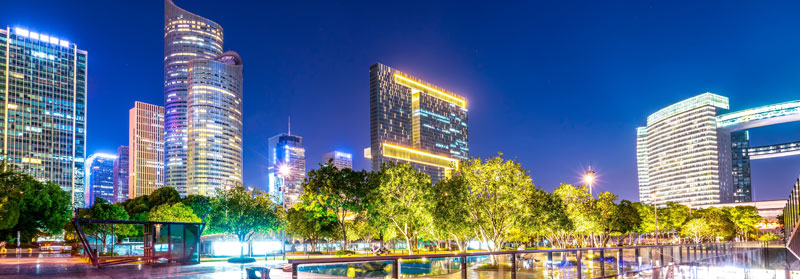- September 8, 2019
- 3:03 pm

While it’s difficult to conclusively pinpoint the actual origins of modern architecture, you can reasonably trace its modern movements to the era where it all began – where most historians attribute its influence to the technological abilities that sprang out of the Industrial Revolution era.
Early influencers of modern architecture
A notable example of early modern architecture is the Paxton’s Crystal Palace in London. Worth mentioning too is Frank Lloyd Wright’s Unity Temple in Chicago. Drawing their distinctive look from clever combinations of iron and concrete, as well as inspiration from lavish, detail-oriented styles of the Victorian and later Art Nouveau.
The Bahaus School of modern architecture
Much credit has to be given to Walter Gropius in 1919, a leading voice in early modern styles, who later went on to set up the Bauhaus School. His guiding design philosophy was rationalization, purposefully distancing himself from ornamentation other early definitions of beauty.

He seeks to close the gap between form and function, often preaching how form naturally follows function. And not vice versa. In other words, he has been successful in shifting the focal point of architecture from ornamentation and interior design to construction and form.
The influence of Frank Lloyd Wright
While many modernists go over the top with extreme interpretations of modern architecture, Wright preferred both likability and modernity. Over doing it ruins the intended flavour and character.
Some of Wright’s most famous designs include the Chicago Robie House, Fallingwater in Pennsylvania, and the Guggenheim Museum in Manhattan. The Guggenheim was especially influential and controversial. Many modern artists, including Willem de Kooning, objected to the display of their works in an institution that would compete with the art itself. In this way, the design is questioning art at its most basic form: is art that which is hanging on the wall, or the wall itself?

Mies Van der Rohe
Another great in modern architecture, Mies Van der Rohe advanced the “less is more” ideology, often calling his works “skins and bones” architecture. Stripping buildings of artificial glamour, he lobbies for minimalism in design to enhance feelings of open space and free flow.
After fleeing the brutal onslaught of the Nazi regime in the 1930s, Mies fled to Chicago where he settled down, extending his legacy by designing the Farnsworth House and the Seagram Building, among many others.
Le Corbuiser
The final push of modernism was Le Corbuiser, a Swiss / Frenchman who took on the daunting challenge of reversing overpopulation. What began as housing blocks designed for Parisian city slumps was adopted into the entire city plans.

Many criticize LeCorbusier’s designs for urban living as further segregation of poor communities, his ideals are experiencing a resurgence in response to the growing environmental crisis.
Where does modern architecture go from here?
Modern architecture is very well and alive today, and has grown to become an unshakable fortress of architectural aesthetics and popular culture. While many buildings have succumbed to demolition in the 1970s, many more are being actively protected and revered for their historical impacts on art and society.